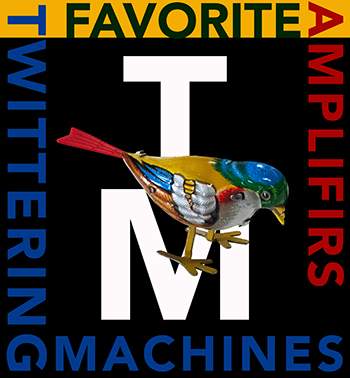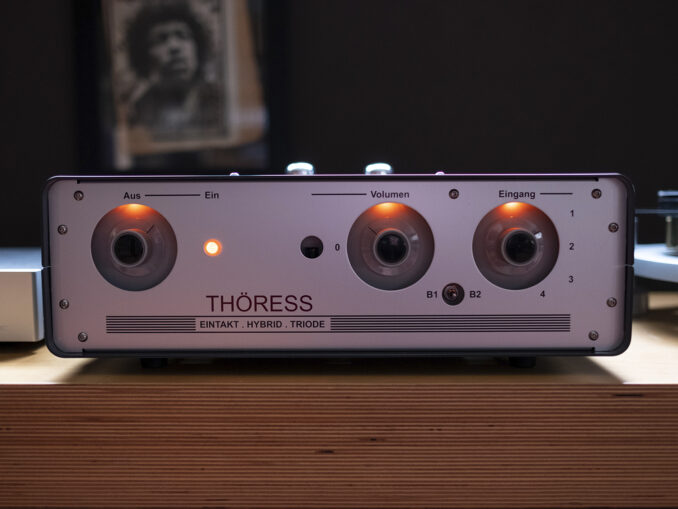
Hybrids are half-loved by some because ideologies can outweigh outcomes. In the case of integrated amplifiers, the outcome I’m most interested in is how power can turn an electrical signal into waves of emotive sound energy as music.
In air.
In some ways, a hifi can be a magical thing that moves beyond a machine of reproduction into the realm of experience maker. Beyond an accumulation of things and into a magical music-making machine capable of delivering us from ourselves into the other. At least that’s the way it can work for me and I am wholly addicted to this trip, as it were.
Here’s my thinking on hybrid integrated amplifiers—I’ve heard a few that are as good at their job as any other kind. I’ll also share that topologies, in and of themselves, don’t sway my interest one way or another. I don’t love all single-ended triode-based amps and I don’t hate all Class D amps. And there are other things, like how a thing looks and feels, that mean more to me than topological tribalism.
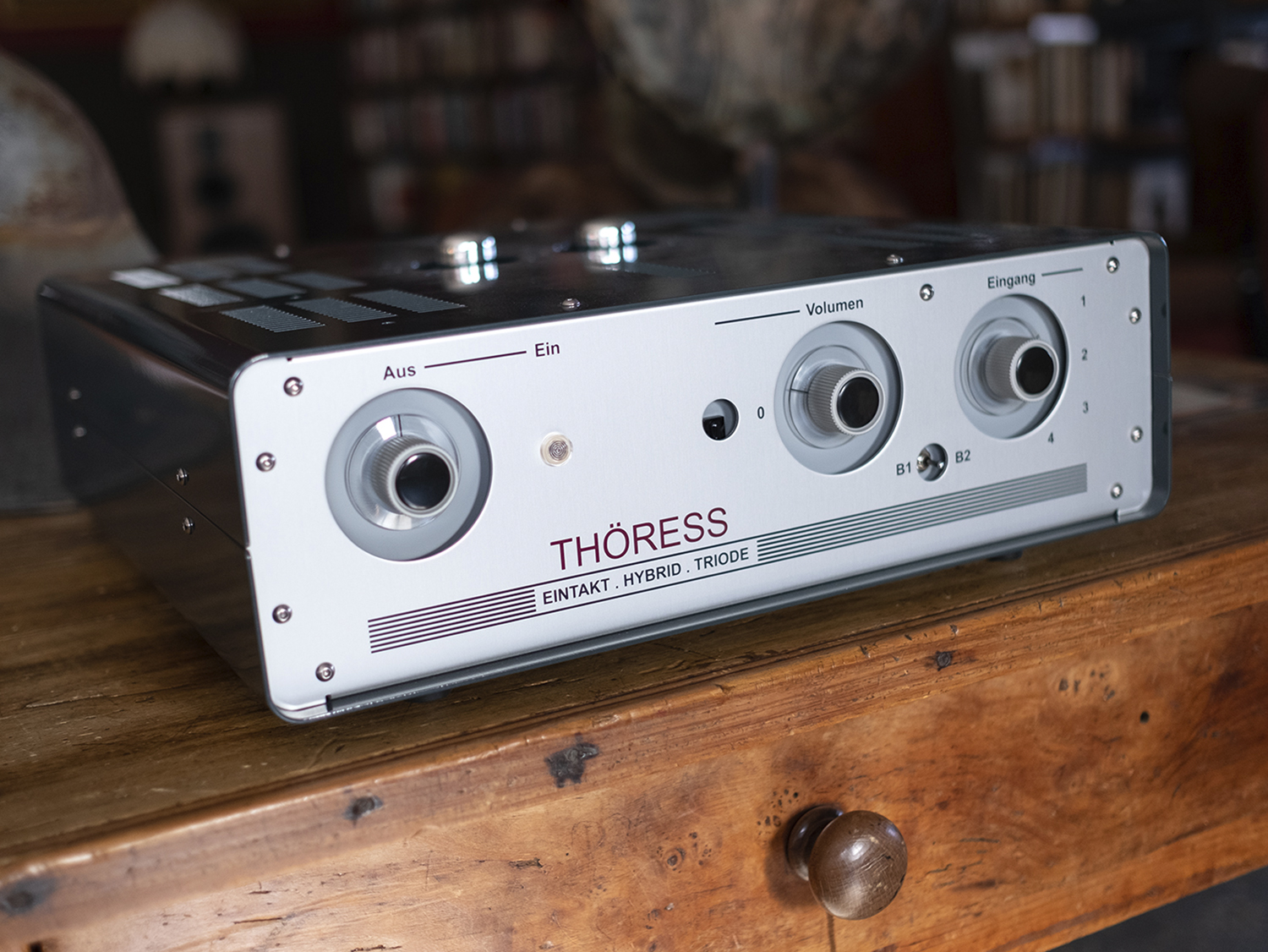
From Thöress:
The amplifier is based on a unique minimalist single-ended zero-feedback vacuum tube MOSFET hybrid topology which we call EHT Topology (E.intakt-H.ybrid-T.riode, Single-Ended Hybrid Triode). The EHT topology consists of a single-ended triode gain stage (6J5GT,12J5GT or 7A4 vacuum tube) followed by a unity gain MOSFET output stage also operated in single-ended Class-A mode with high idle current.
That point-to-point wired hybrid topology produces 20 Watts of power into 6 Ohms according to the company and the review unit shipped with a pair of 6J5GTs, a highly linear medium-gain octal base triode with fairly low transconductance from the early times of tube electronics according to the manual, in the input stage.
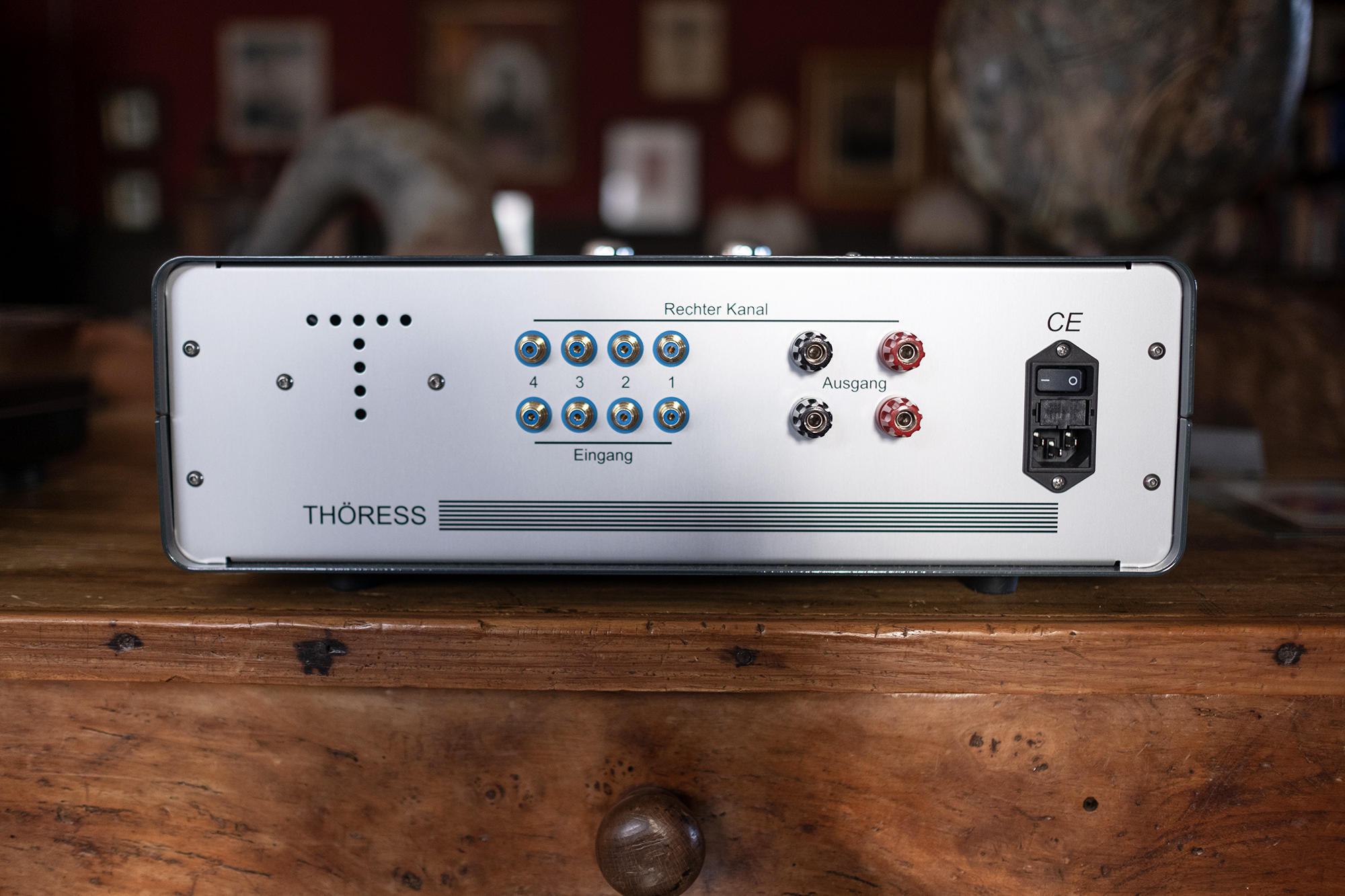
The back panel tells a simple story with 4 single-ended RCA inputs, a single set of speaker binding posts, IEC inlet, and power switch. The Thöress EHT ships with a plastic remote for volume control only, which is my favorite kind of remote.
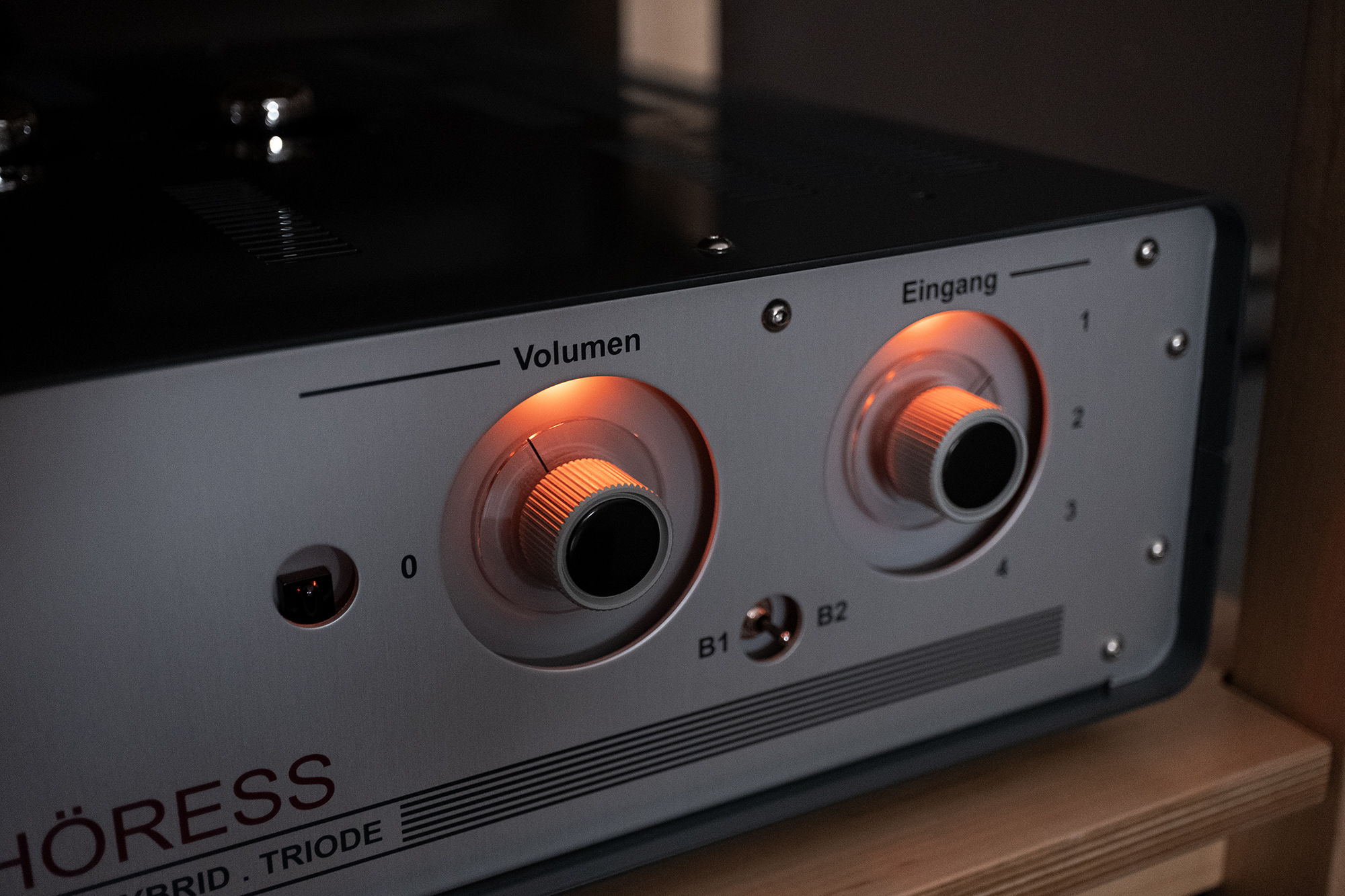
The front panel houses backlit, retro looking knobs for power On (Ein) / OFF (Aus) control, Volume, Input selector, and a 3-way toggle switch for as many Bass Boost settings.
From the manual:
The bass boost functions are useful for a variety of applications: For equalizing loudspeaker components with slim bass response or limited bass extension. For adjusting the bass response of the system to the acoustical conditions of the listening environment (small loudspeakers in large rooms!). For restoring tonal imperfections of the listening program (often given by a lack of bass extension). Or simply for switching to a more full-bodied presentation if one is in the mood for listening to music in an enriched and laid back way.
To taste! The inclusion of things like tone controls and bass boosts warm my heart as did using the Thöress EHT MKII whose knob feel is among the most pleasurable I’ve had the pleasure to turn. What’s more, the EHT’s looks always delighted, especially so when the natural light faded making that orange glow more brightly, that had the air of something found in a (mad) scientists Bauhaus lab. And as we all know, thermionic emissions produce heat and those two 6J5GTs run warm but not sizzle hot and the top of the non-magnetic aluminum casework also got warm, not hot, to the touch. Kind of like a living thing.
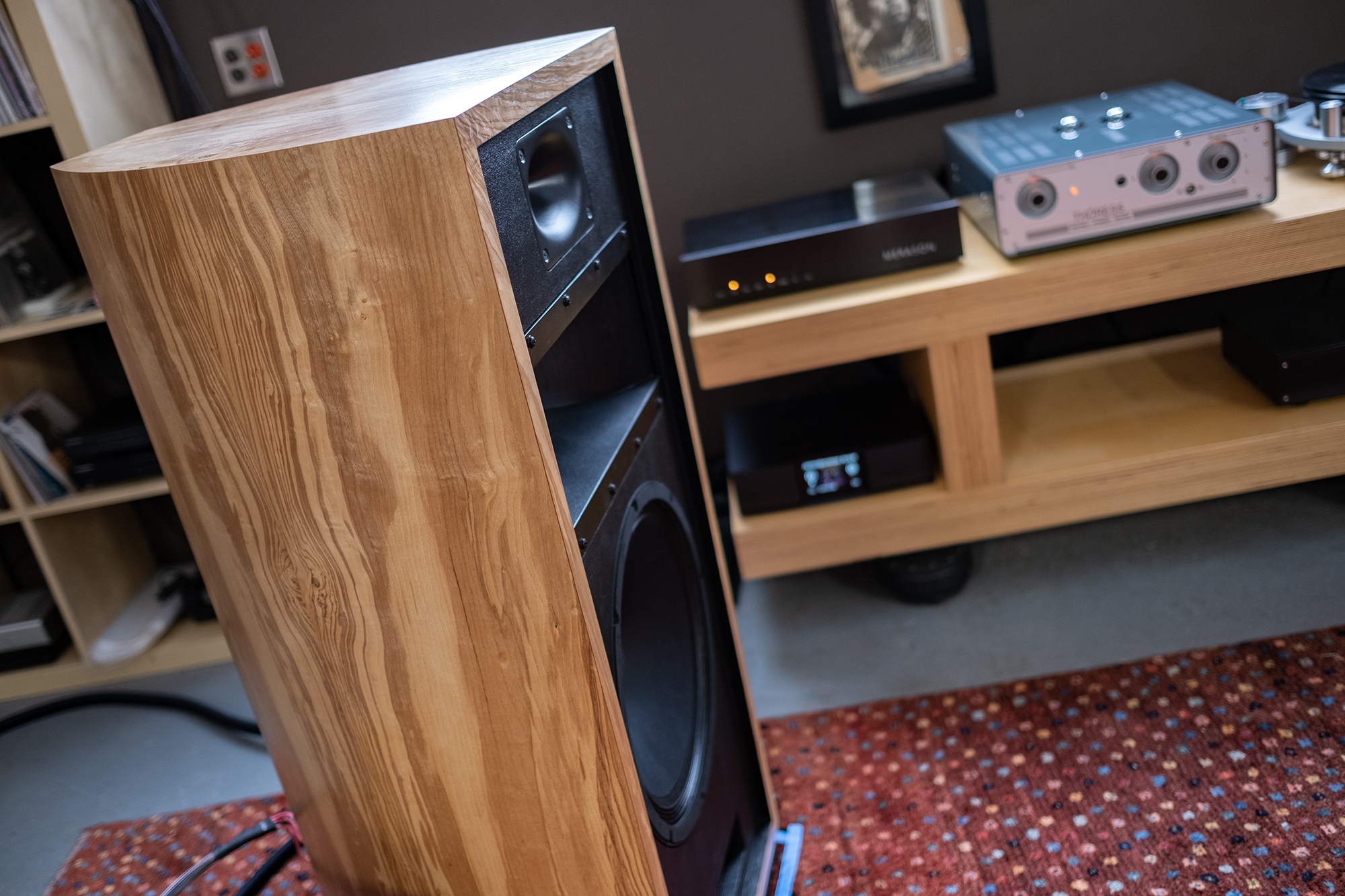
The Thöress EHT MKII got to play with a few pair of speakers on both of the Barn’s sides including the recently reviewed Volti Audio Rival SE (review), the review GoldenEar T66 (more info), and the Barn resident DeVore Fidelity O/96 (review). A nice flock of speakers with varying loads (and character) and the EHT ran dead quiet with all of ‘em. Silent running. Digital gear included the recently reviewed Auralic ARIES G2.2 (review) streamer and the Barn resident Auralic ARIES G1.1 (review) hooked up to the Merason DAC1 Mk II (more info) or totaldac d1-unity, and the Barn resident Mola Mola Tambaqui (review). All cabling was from AudioQuest and all gear sat on racks from Box Furniture (full system & Barn details).
That’s but a piece, a slice, of the final playlist I used to grease the words for this review. The Thöress EHT powered tons of music through the aforementioned speakers on both sides of the Barn for its 2 1/2 month stay and I was always, in all ways, ready for more. It also remained powered on and playing 24/7 for the majority of that time and performed flawlessly, without incident.
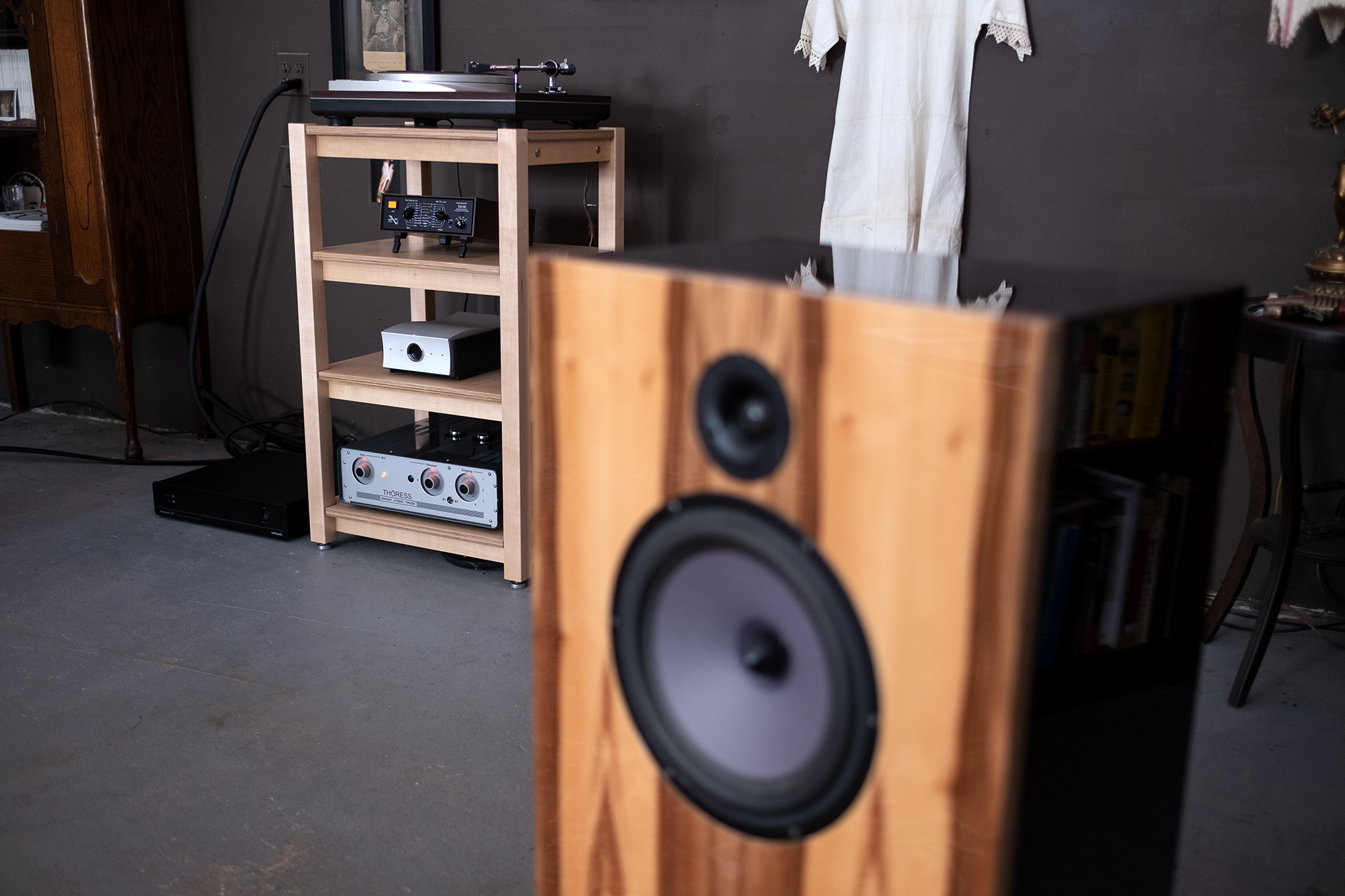
Some of the EHT’s standout qualities include a deftness that felt perfectly timed while offering a fitness and firmness that made music feel present, powerful, and graceful. This quality of lightness of touch, deftness, turned out to be addicting and never made music feel too fast or too slow, neither too thin nor too fat. Coupled to this beat-perfect timing was a harmonic rightness, where the sounds of the things responsible for making music had full spectrum color, texture, and nuance. The sound image, regardless of the speaker in play, was laid out in real dimensional form while sounds appeared, receded, and/or went silent in accordance with what I’m used to hearing in real life from real sounds. All in all, the Thöress amp kept me on the edge of my respective couches, enrapt in whatever I chose to get lost within.
While I did call these standout qualities, the Thöress EHT is not a showy or flashy sounding integrated amp. There are no sonic traits in need of an aural plastic surgeon, nothing too big, too bold, or too flabby to be found here. Instead, music, all of the music I ran through it, felt just right with a lovely hint of sweetness that brought out the full flavors of the sounds that make up music. Lovely.
Sarah Beth Tomberlin or mononymously Tomberlin’s 2020 EP Projections, co-produced by Alex G and his bandmate Sam Acchione, is a lovely slice of folk-inspired intimate sadness. I’ve listened to Projections’ 18-minutes too many times to count but playing through the Mola Mola Tambaqui and into the Thöress EHT driving the DeVore O/96 on the Barn’s B-Side presented a special edition, a rich, right, ripe, and full sound that moved along as easily as Sarah Beth Tomberlin & Co.’s graceful movements on acoustic and electric guitars, violin, bass guitar, keys, and drums. This EP opens up in space like a time-lapse blossoming flower and this system reproduced that space and place in a physically and emotionally enveloping manner. A sit back and let it touch you kinda deal.
Sometimes I wonder if Kali Malone even needs to eat. All Life Long, her latest work of majesty and beauty, stretches out over an hour and 19 minutes comprised of Malone and Stephen O’Malley on church organs, choral music performed by the Macadam Ensemble, and the Anima Brass quintet. This otherworldly music moves along at a meditative pace, delighted in subtle movements stretched out over so the movement is, at times, barely perceptible shifting the listener’s focus to micro-events unfolding in space (and time). Malone and O’Malley, which sounds like an old time middleweight bout, perform their parts on the historical meantone tempered pipe organs at Église Saint-François in Lausanne, Orgelpark in Amsterdam, and Malmö Konstmuseum in Sweden so there’s that kind of cathedral vastness in play and the Thöress EHT projected this vastness into the space of the Barn with natural ease when driving the O/96 or the GoldenEar T66, with a brilliant sense of attack, tone, and decay—there’s that deftness again. This kind of music, which I’ll call minimal (but it’s actually maximal), needs proper replay in space to fully communicate and the more a system can recreate the full voice and touch and feel of each element, the more immersive the experience. To my way of hearing, the Thöress EHT is more than capable of delivering this full event.
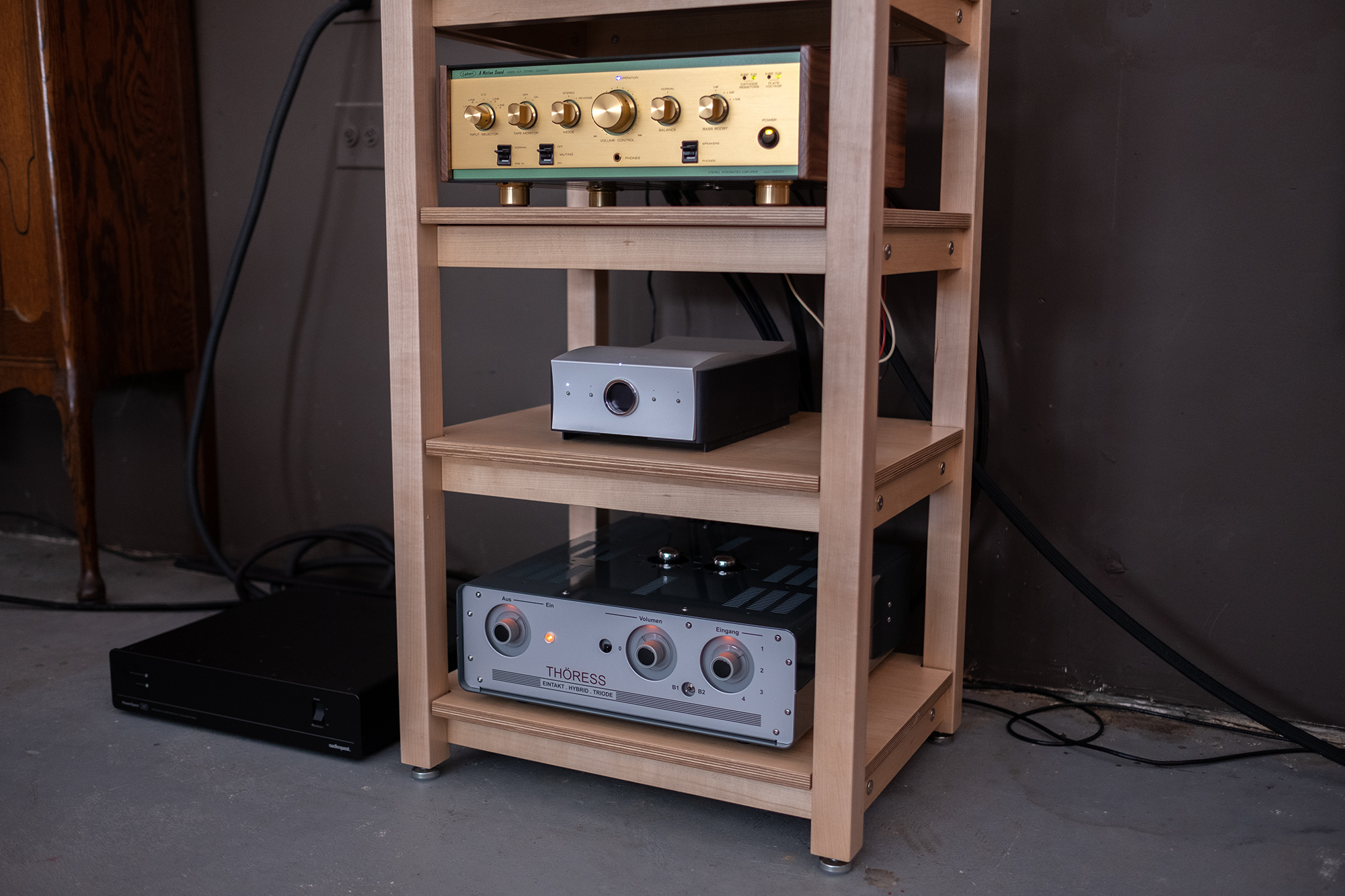
Pick the one you like the looks of better. The Barn resident Leben CS600 integrated amplifier, that offers about 28 Watts per channel when equipped with a quad of EL34s in the output stage, currently costs $8995 compared to the Thöress EHT’s $10,995. The main differences between the sound of these two beauties, I like the way they both look equally, is the Leben sounds more heavyweight, a bit more forceful than the Thöress EHT, with the Leben also offering a richer more saturated sound. The fun thing about hifi is these differences are not good or bad, making one of these fine integrated amps better or worse than the other. They sound different and which you prefer is up to you. Let me say this another way: the Thöress EHT sounds more nimble than the Leben, more able to convey nuance and subtlety as compared to the Leben’s thicker, richer sound. See what I mean? Without the opportunity to hear both in the same system, ideally yours, you may as well pick the one you like the looks of better. There’s no losing choice here, only winners (if you want a wider choice, have a look at my Favorite Amplifiers made up of, you guessed it, all winners too).
Bar Italia’s 2023 release Tracey Denim, their third album and first on Matador, is a jangly-sounding post-something or other rocker. In no way a great sounding record, Tracey Denim is nonetheless a recent find that tickles a particular fancy. The trio is Jezmi Tarik Fehmi, Sam Fenton, and Nina Cristante who make skeletal sounding post-punk with gobs of drive and even more attitude that makes The Falls’ Mark E. Smith sound like Sinatra (comparatively speaking). The Thöress EHT/DeVore combo kicked this brashness into the Barn with delightful force and quickness with just enough tone, texture, and body to transcend their intentional lo-fi approach. The Thöress’ agility raised the in-Barn energy level to 11, sounding well poised to take on any genre and it certainly proved more than up to the task of making me fall back in love with days and weeks-worth of records, always wanting more.
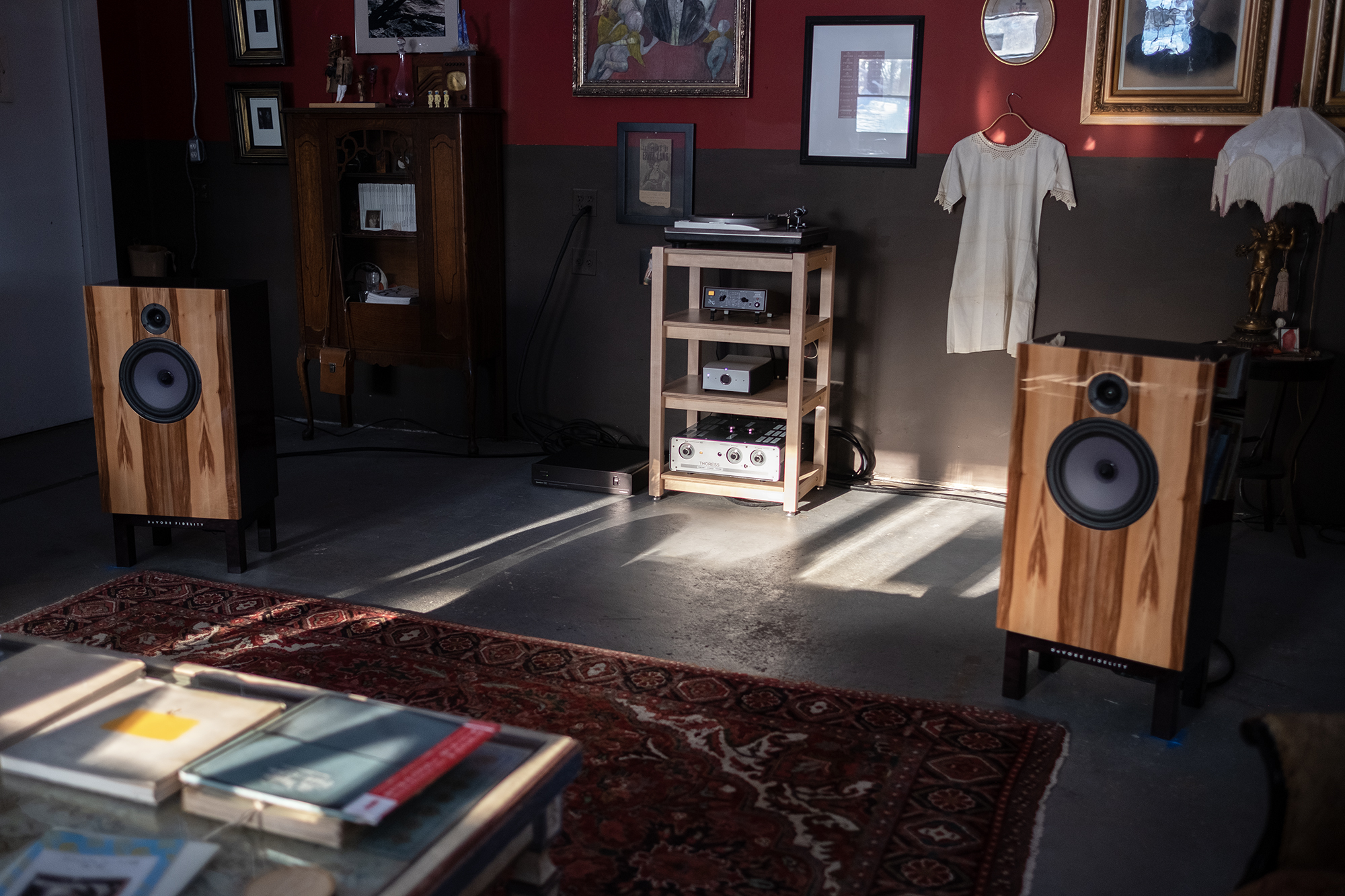
Of the three speaker pairings, my favorite partner for the Thöress EHT was the DeVore O/96. The Volti Rival SE wanted a bit more timbral richness and muscle, which the Viva Solista delivered (review), putting the GoldenEar T66 in second place as they did not show off the Thöress’s strengths as well as the DeVores. And if you’re wondering, I did try the EHT’s Bass Boost feature and it’s a fun option that the DeVores and GoldenEar don’t really need as the O/96 play very nicely at lower volume levels and the T66 have their own powered subs built in. That said, I still like to know the option to boost is there.
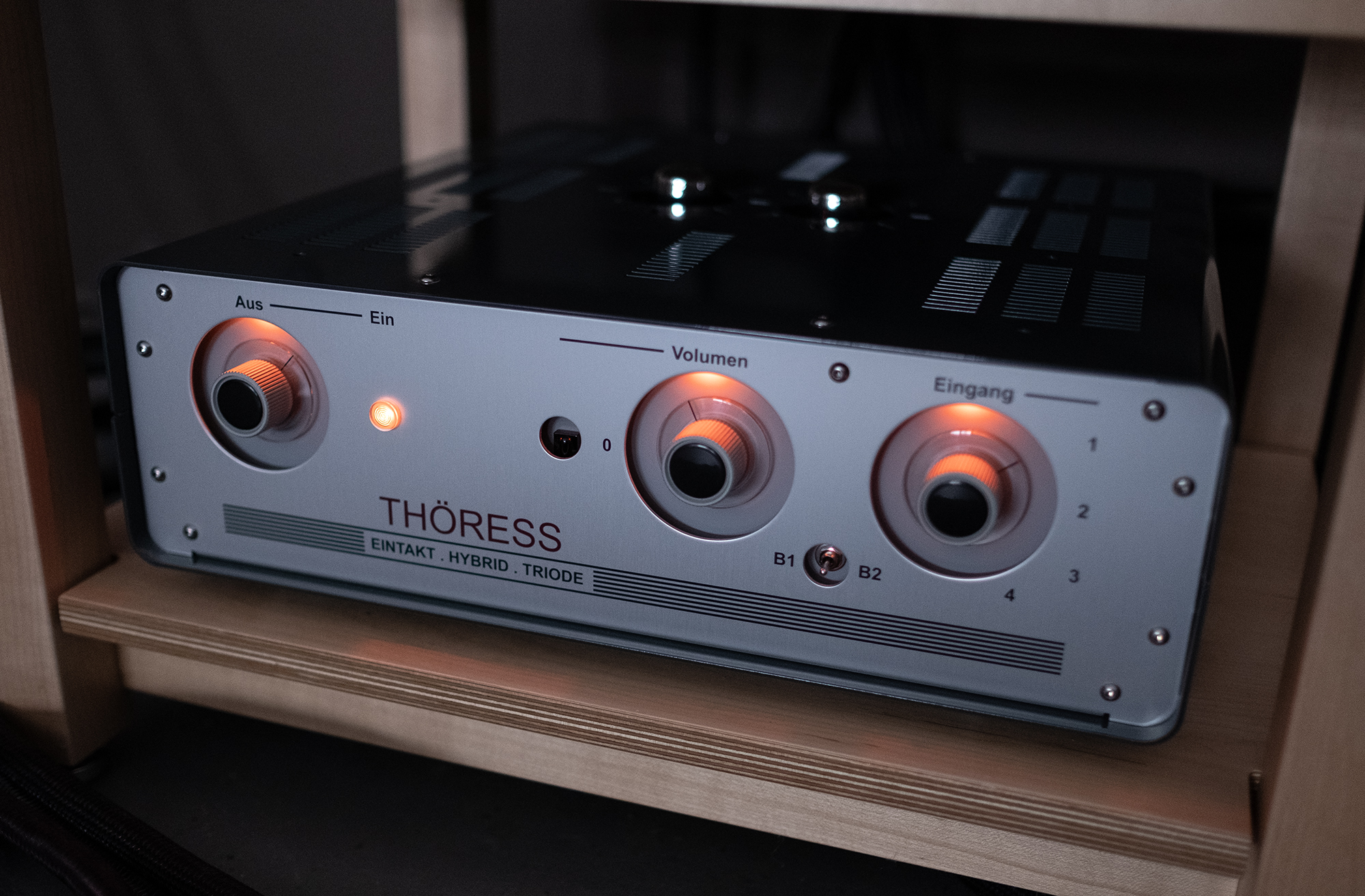
The Thöress EHT MKII Integrated Amplifier won over my heart, mind, ears and eyes. Its performance, most notably when paired with the DeVore O/96, was exceptional in many ways but its greatest sonic strength was the ability to transform recorded sounds into pure musical magic.
Thöress EHT Integrated Amplifier
Price: $10,995
Company Website: Thöress
North American Importer Website: phonographe.ca
Feature Overview
- Vacuum Tube MOSFET Hybrid Integrated Amplifier with 20 watts of output power per channel (into a 6 ohm load).
- Driving capability for critical loudspeaker loads due to very low output impedance (high damping factor).
- Ultimate sonic excellence on par with no-compromise all-tube single-ended triode amplifiers, yet without involving exotic and costly power tubes.
- Unique minimalist zero-feedback EHT schematic: single-ended triode gain stage (6J5GT tube) driving a unity-gain MOSFET output buffer operated in single-ended (class-A) mode with high idle current.
- Total avoidance of protection circuitry.
- 4 line level inputs (2×4 RCA jacks) with equal gain manually selectable via rotary dial.
- Remote volume control via high-grade motor driven dual potentiometer with excellent channel balance and low angle sensitivity (for conveniently fine volume adjustment).
- High grade electrolytic capacitors made in Germany in the power supply.
- Low noise low leakage dual-coil C-Core mains transformer made in-house
- Full hand construction, point-to-point wiring throughout.
- Non-magnetic aluminum casework, anodized printing on front and rear panel, powder-coated lids.
- Dimensions 434x450x184 mm, 184=20 (feet)+134+30 (tubes over case), 450=434+16 (speaker binding posts).
- Dimensions of the shipping crate: 650 x 650 x 350 mm, weight 18Kg.

